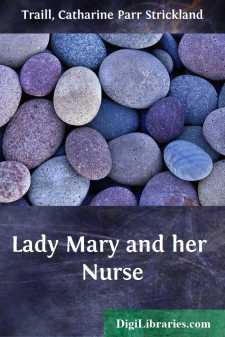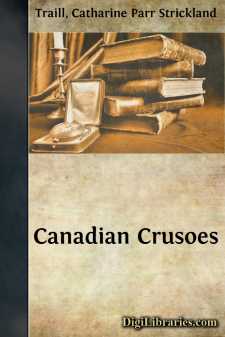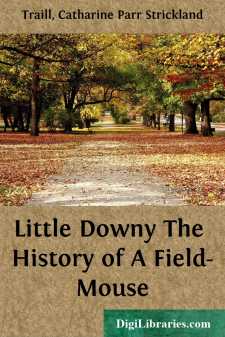Categories
- Antiques & Collectibles 13
- Architecture 36
- Art 48
- Bibles 22
- Biography & Autobiography 813
- Body, Mind & Spirit 142
- Business & Economics 28
- Children's Books 17
- Children's Fiction 14
- Computers 4
- Cooking 94
- Crafts & Hobbies 4
- Drama 346
- Education 46
- Family & Relationships 57
- Fiction 11829
- Games 19
- Gardening 17
- Health & Fitness 34
- History 1377
- House & Home 1
- Humor 147
- Juvenile Fiction 1873
- Juvenile Nonfiction 202
- Language Arts & Disciplines 88
- Law 16
- Literary Collections 686
- Literary Criticism 179
- Mathematics 13
- Medical 41
- Music 40
- Nature 179
- Non-Classifiable 1768
- Performing Arts 7
- Periodicals 1453
- Philosophy 64
- Photography 2
- Poetry 896
- Political Science 203
- Psychology 42
- Reference 154
- Religion 513
- Science 126
- Self-Help 84
- Social Science 81
- Sports & Recreation 34
- Study Aids 3
- Technology & Engineering 59
- Transportation 23
- Travel 463
- True Crime 29
Lady Mary and her Nurse
Description:
Excerpt
CHAPTER I.
THE FLYING SQUIRREL—ITS FOOD—STORY OF A WOLF—INDIAN VILLAGE—WILD RICE.
"Nurse, what is the name of that pretty creature you have in your hand? What bright eyes it has! What a soft tail, just like a grey feather! Is it a little beaver?" asked the Governor's [Footnote: Lady Mary's father was Governor of Canada.] little daughter, as her nurse came into the room where her young charge, whom we shall call Lady Mary, was playing with her doll.
Carefully sheltered against her breast, its velvet nose just peeping from beneath her muslin neckerchief, the nurse held a small grey-furred animal, of the most delicate form and colour.
"No, my lady," she replied, "this is not a young beaver; a beaver is a much larger animal. A beaver's tail is not covered with fur; it is scaly, broad, and flat; it looks something like black leather, not very unlike that of my seal-skin slippers. The Indians eat beavers' tails at their great feasts, and think they make an excellent dish."
"If they are black, and look like leather shoes, I am very sure I should not like to eat them; so, if you please, Mrs. Frazer, do not let me have any beavers' tails cooked for my dinner," said the little lady in a very decided tone.
"Indeed, my lady," replied her nurse, smiling, "it would not be an easy thing to obtain, if you wished to taste one, for beavers are not brought to our market. It is only the Indians and hunters who know how to trap them, and beavers are not so plentiful as they used to be."
Mrs. Frazer would have told Lady Mary a great deal about the way in which the trappers take the beavers, but the little girl interrupted her by saying, "Please, nurse, will you tell me the name of your pretty pet? Ah, sweet thing! what bright eyes you have!" she added, caressing the soft little head which was just seen from beneath the folds of the muslin handkerchief to which it timidly nestled, casting furtive glances at the admiring child, while the panting of its breast told the mortal terror that shook its frame whenever the little girl's hand was advanced to coax its soft back.
"It is a flying squirrel, Lady Mary," replied her nurse; "one of my brothers caught it a month ago, when he was chopping in the forest. He thought it might amuse your ladyship, and so he tamed it and sent it to me in a basket filled with moss, with some acorns, and hickory-nuts, and beech-mast for him to eat on his journey, for the little fellow has travelled a long way: he came from the beech-woods near the town of Coburg, in the Upper Province."
"And where is Coburg, nurse? Is it a large city like Montreal or Quebec?"
"No, my lady; it is a large town on the shores of the great Lake Ontario."
"And are there many woods near it?"
"Yes; but not so many as there used to be many years ago. The forest is almost all cleared, and there are fields of wheat and Indian corn, and nice farms and pretty houses, where a few years back the lofty forest grew dark and thick."
"Nurse, you said there were acorns, and hickory-nuts, and beech-mast in the basket....






